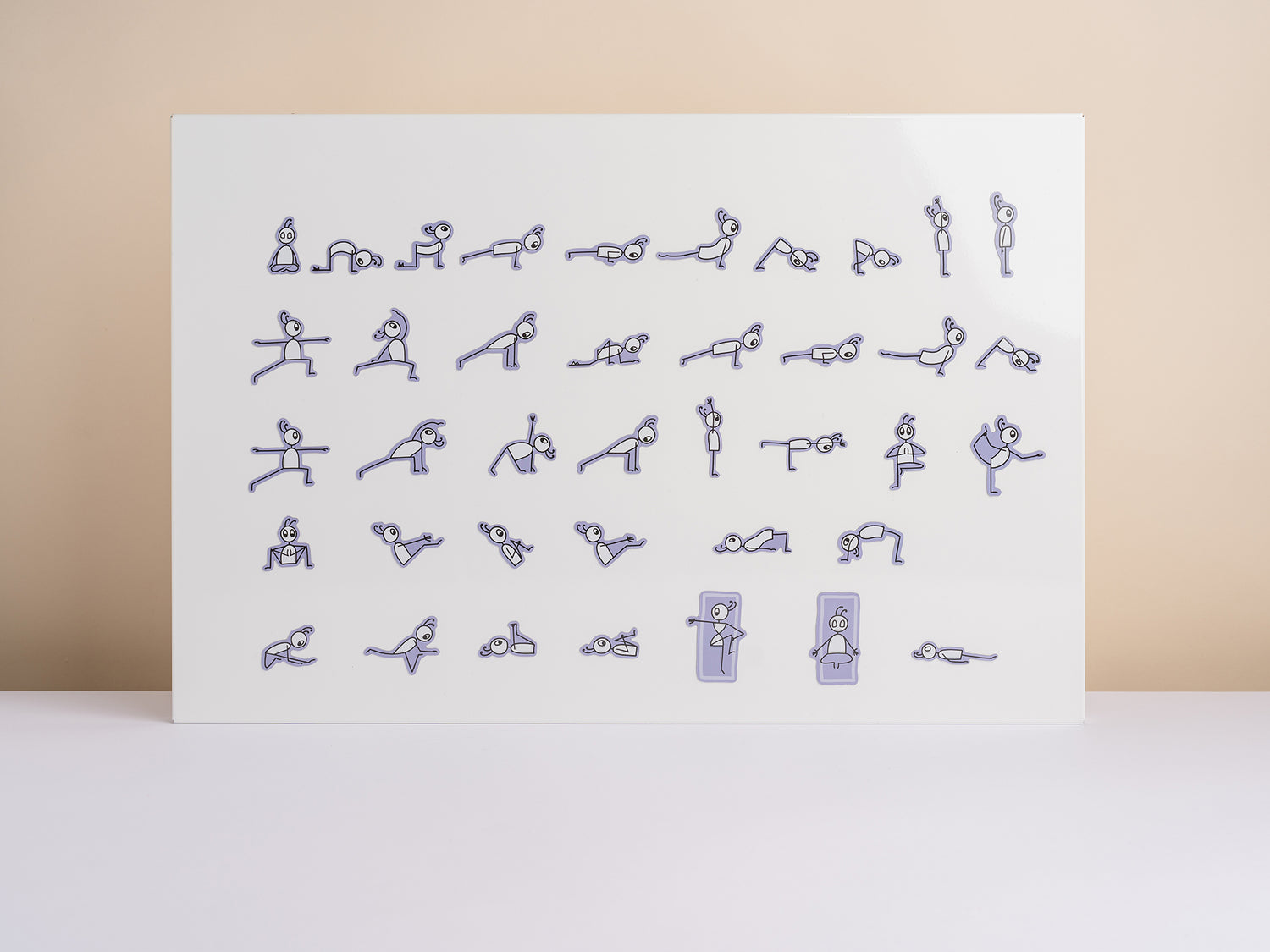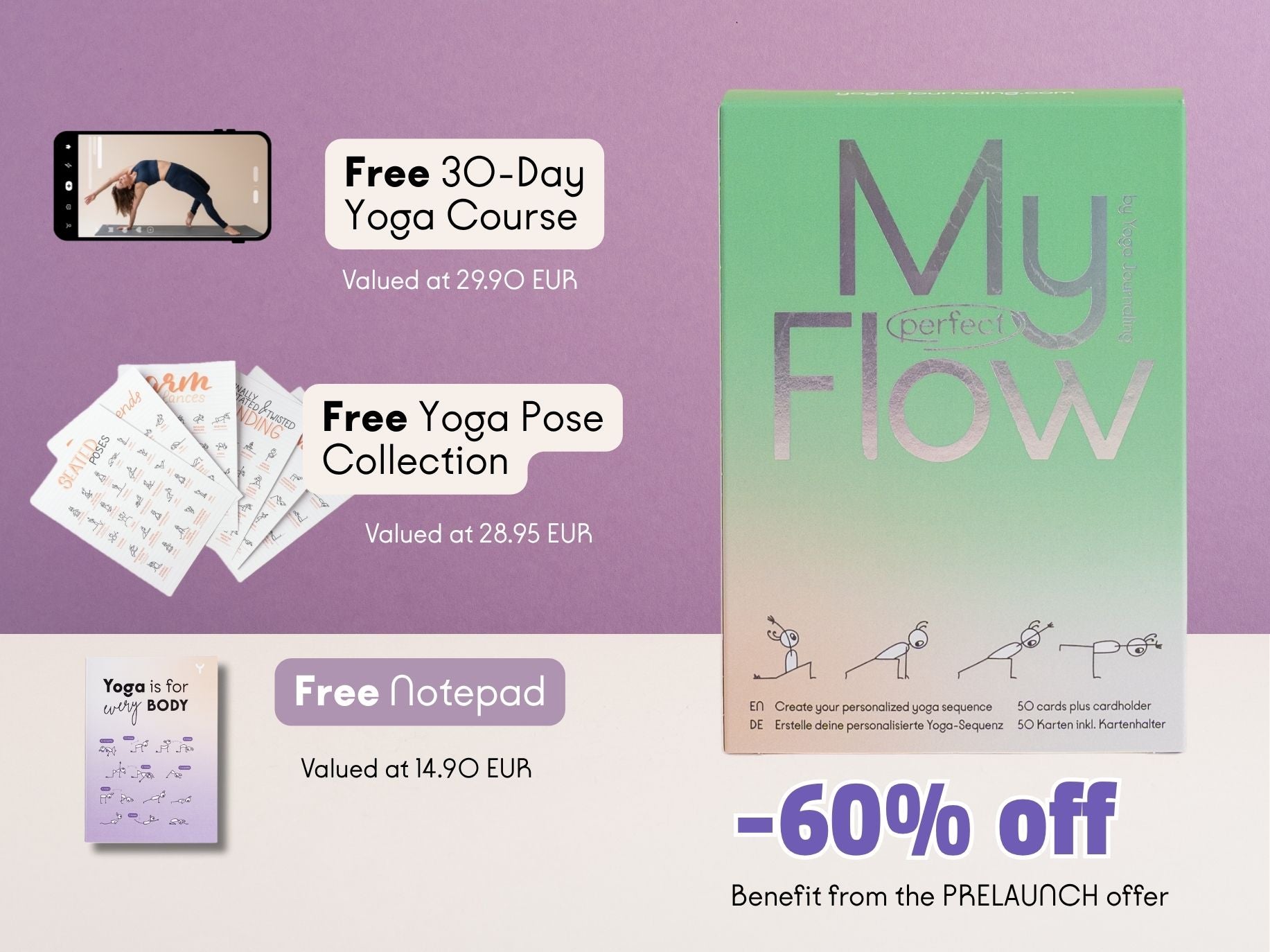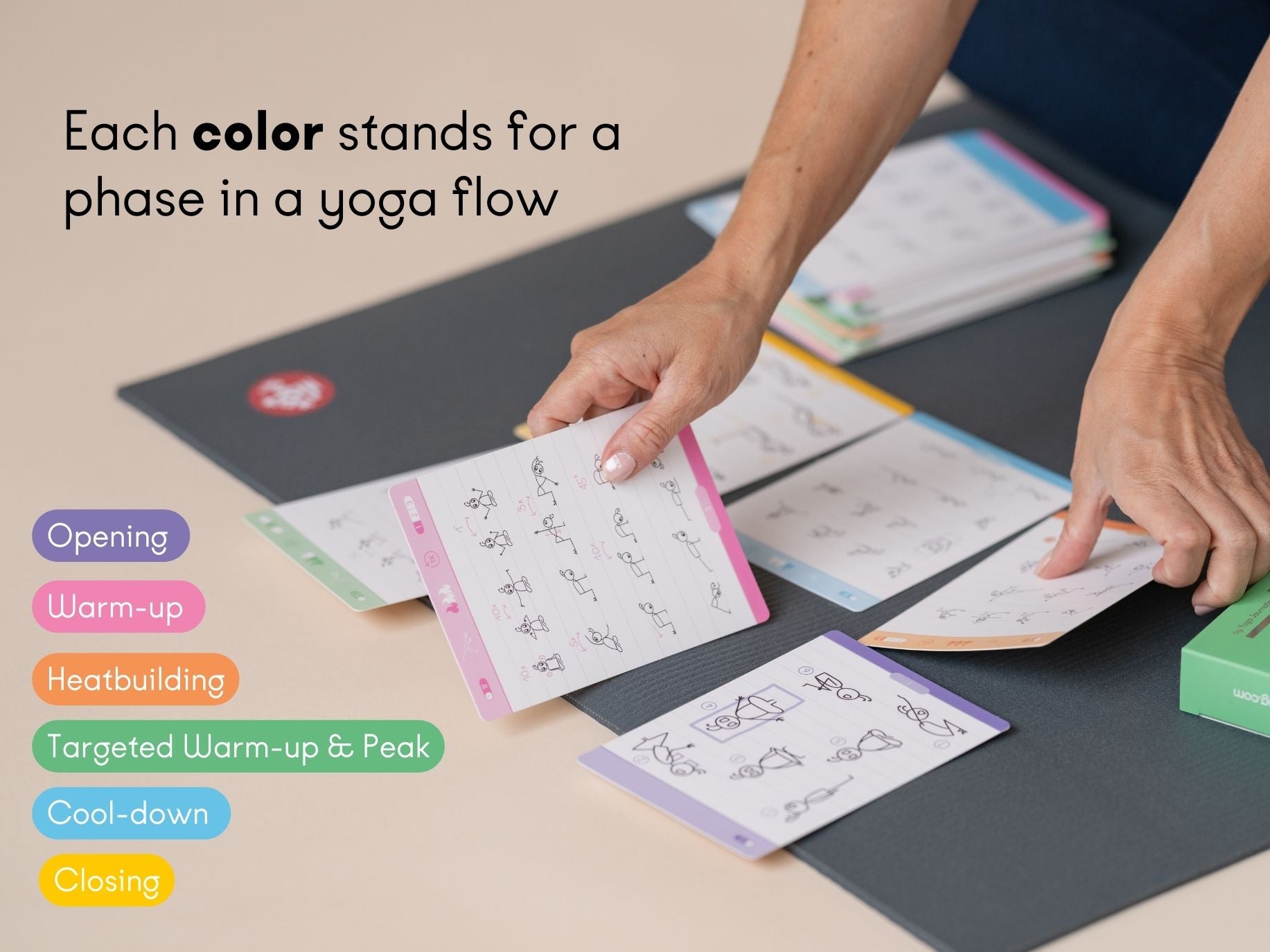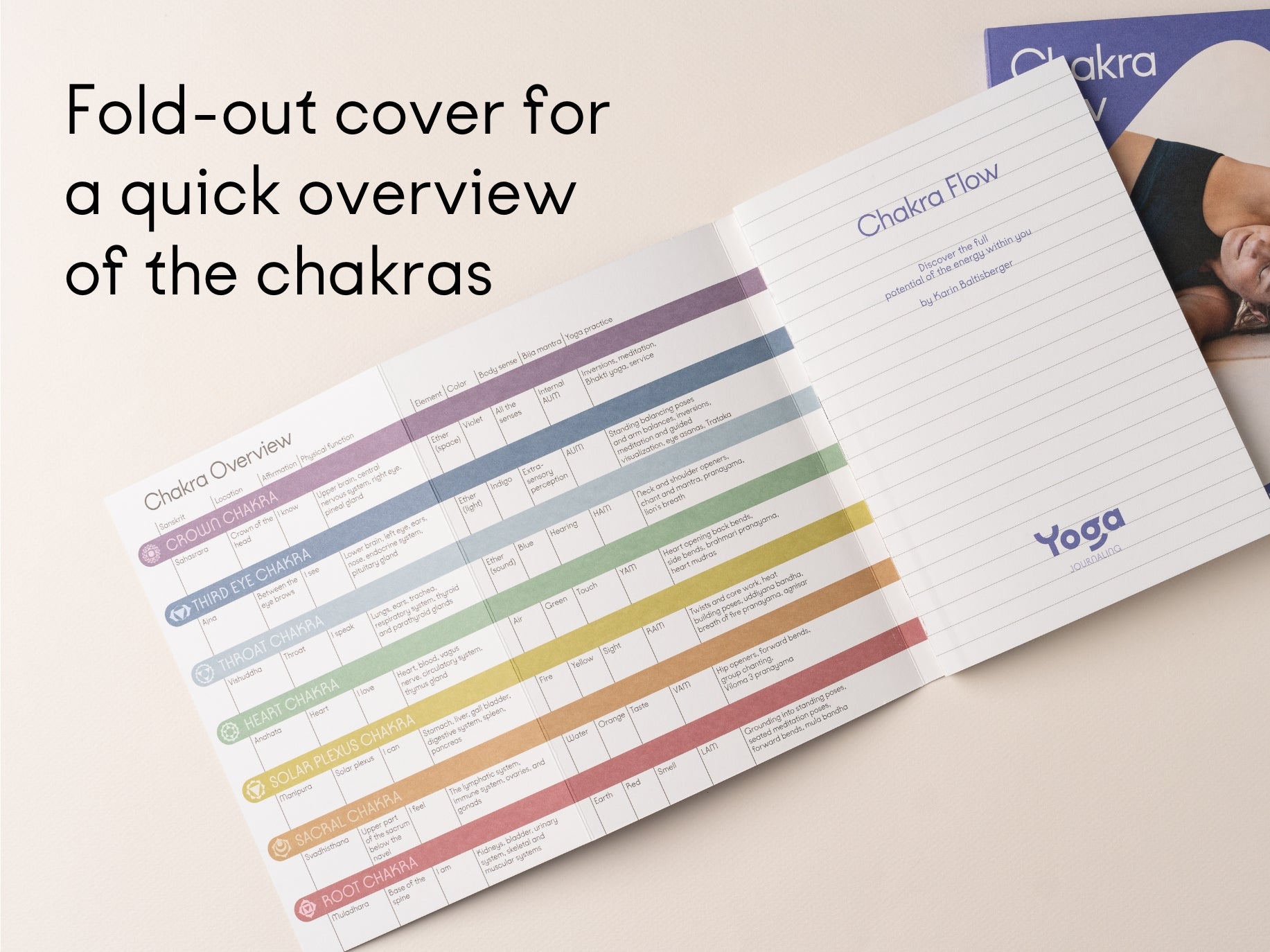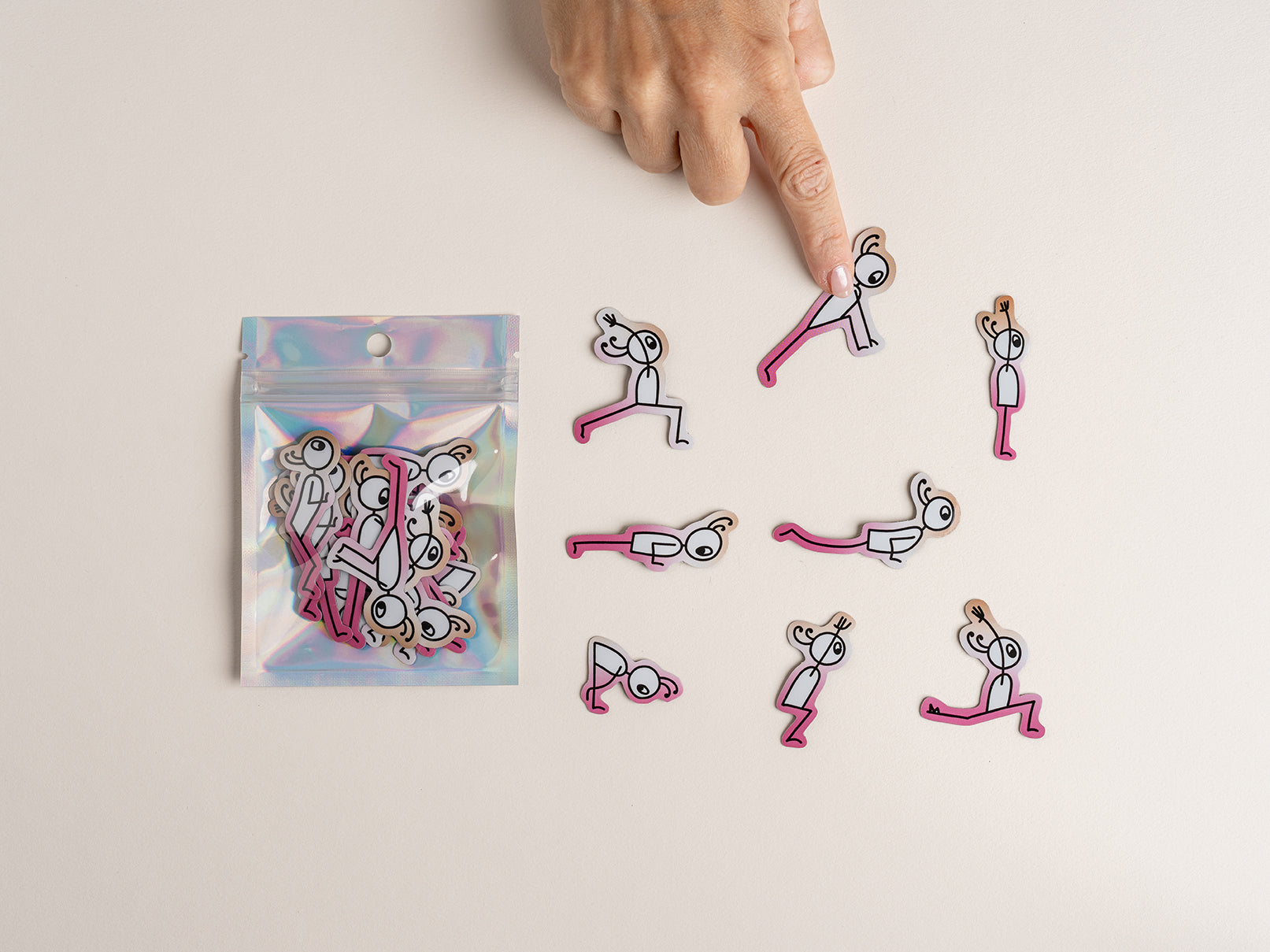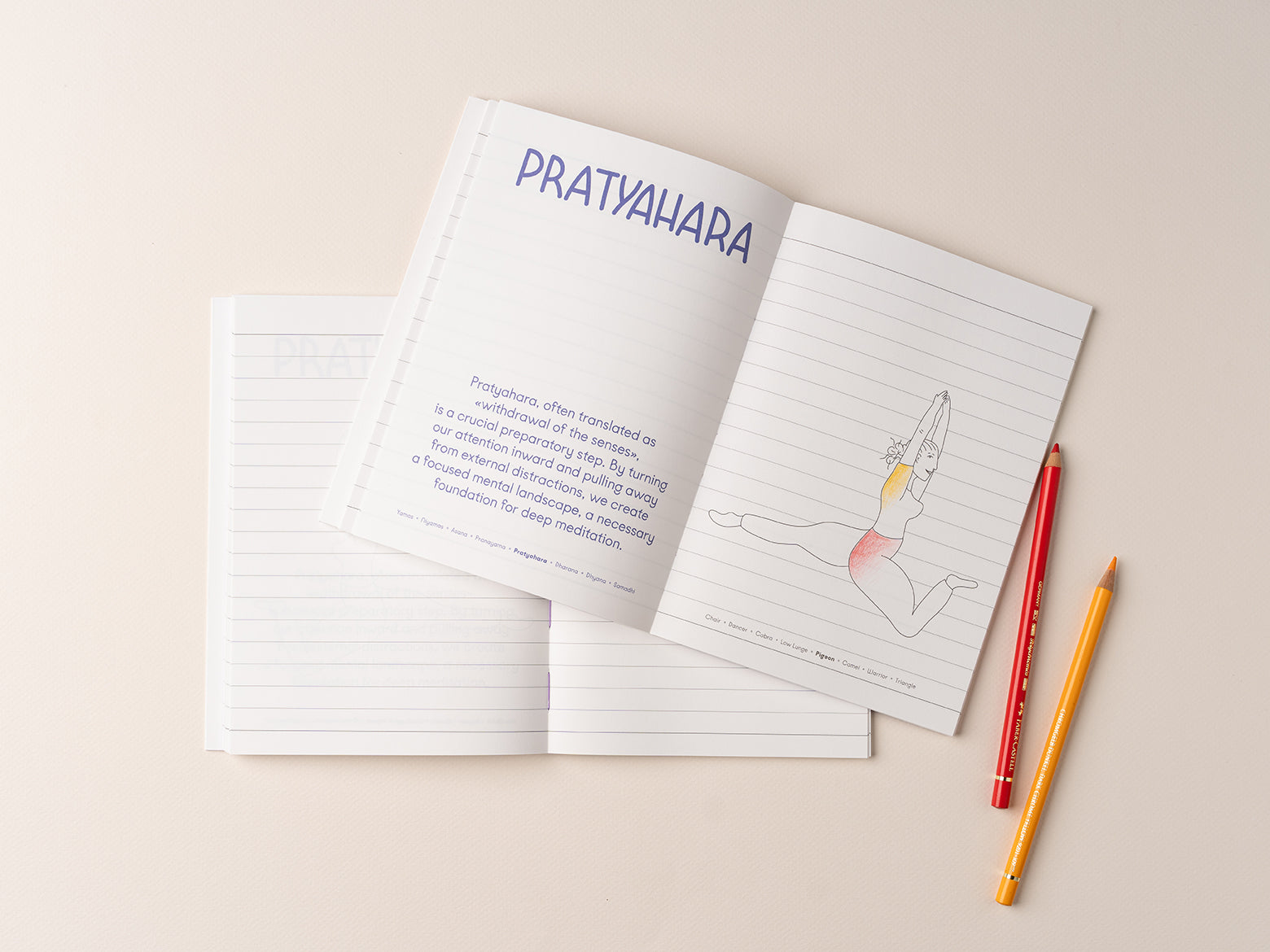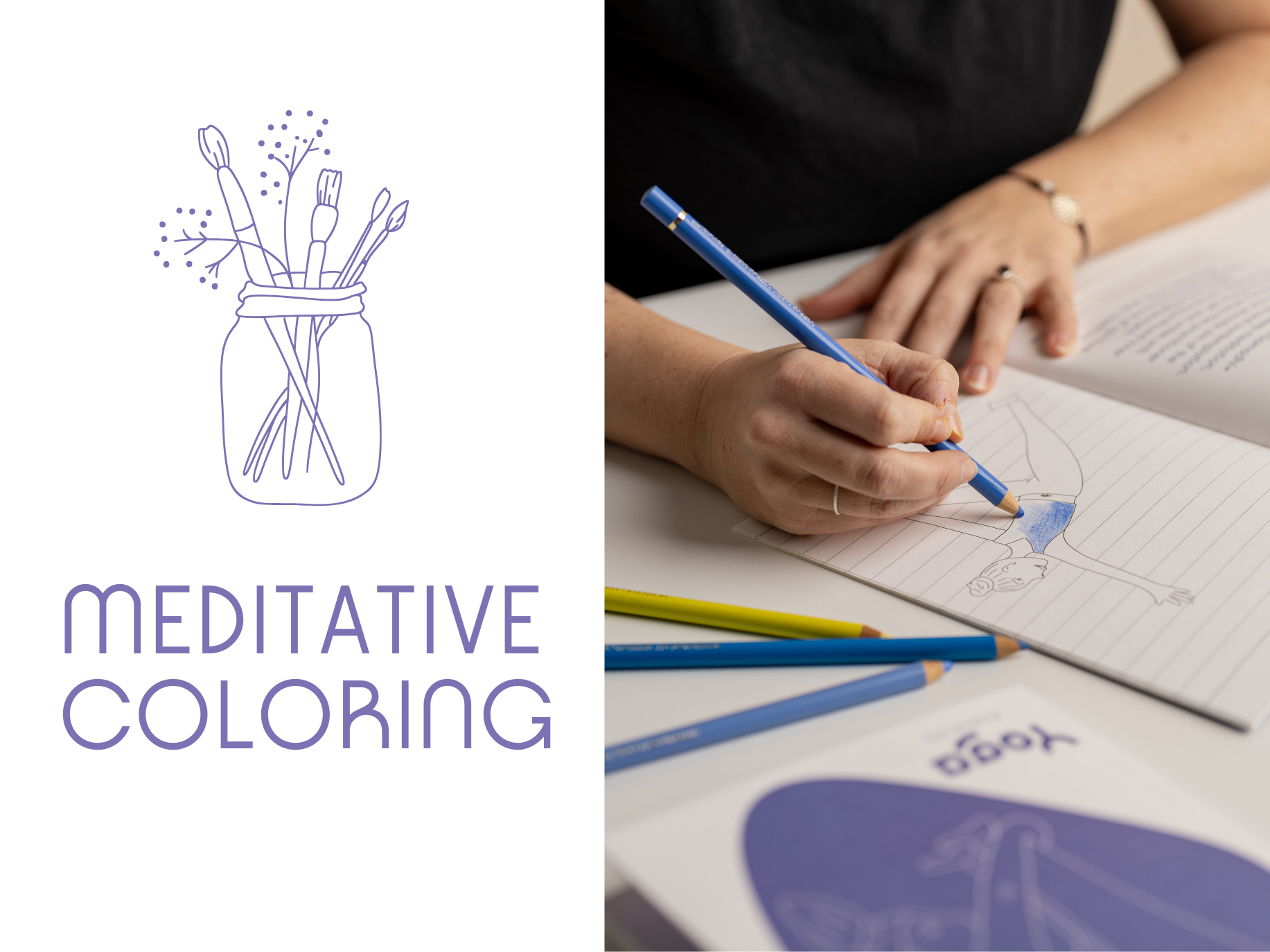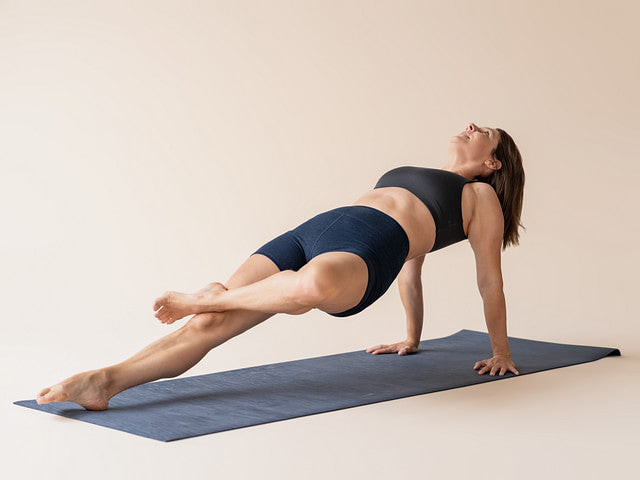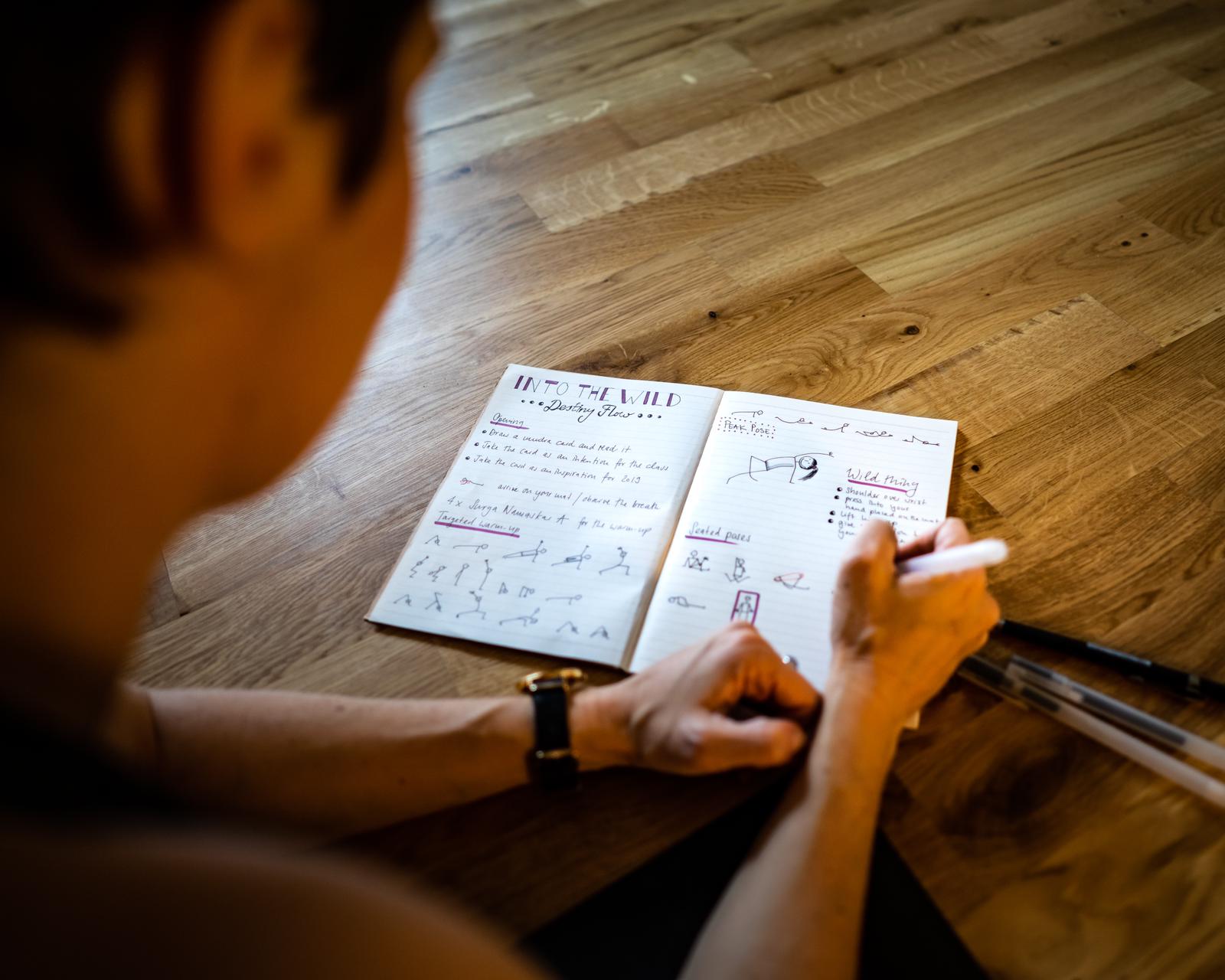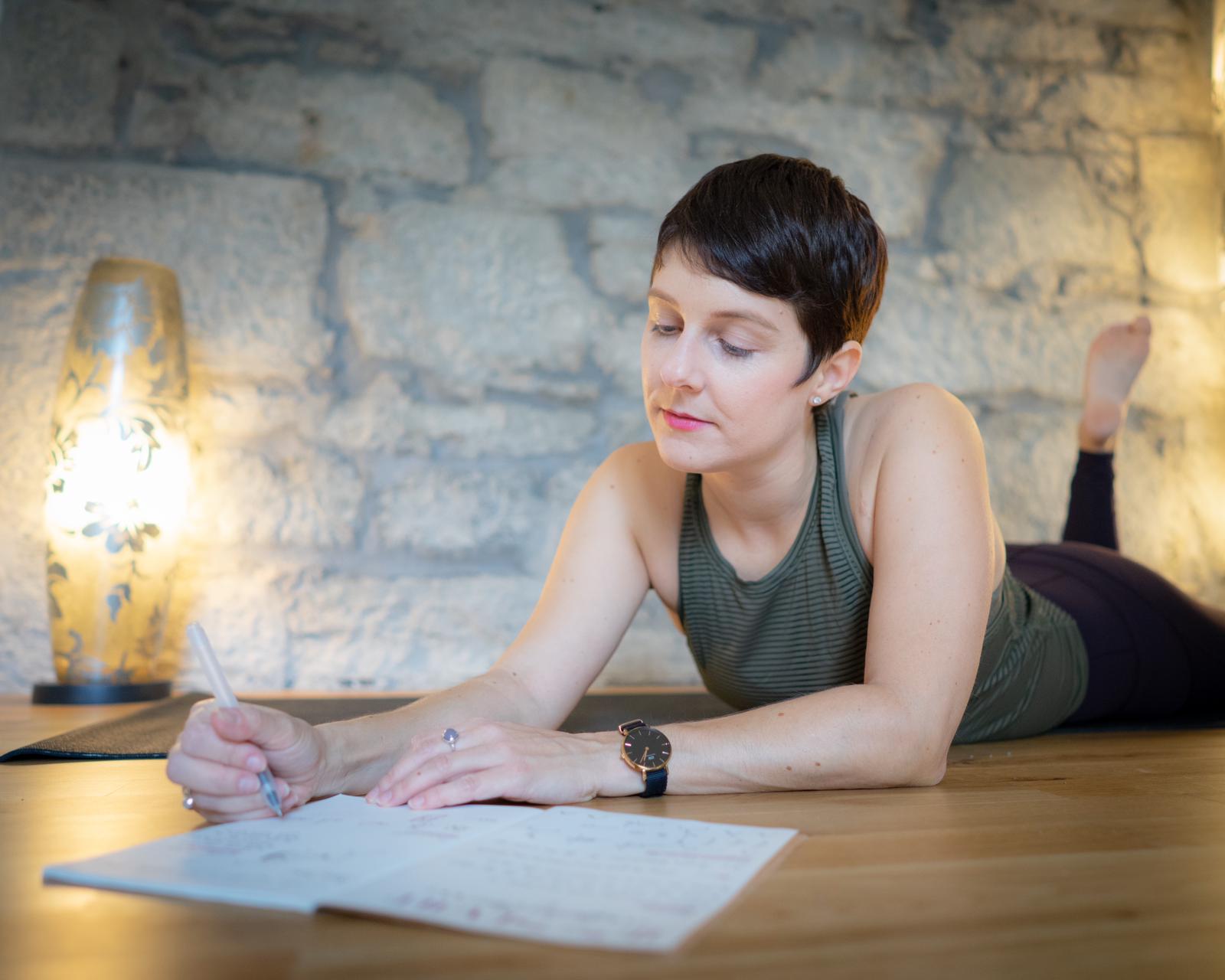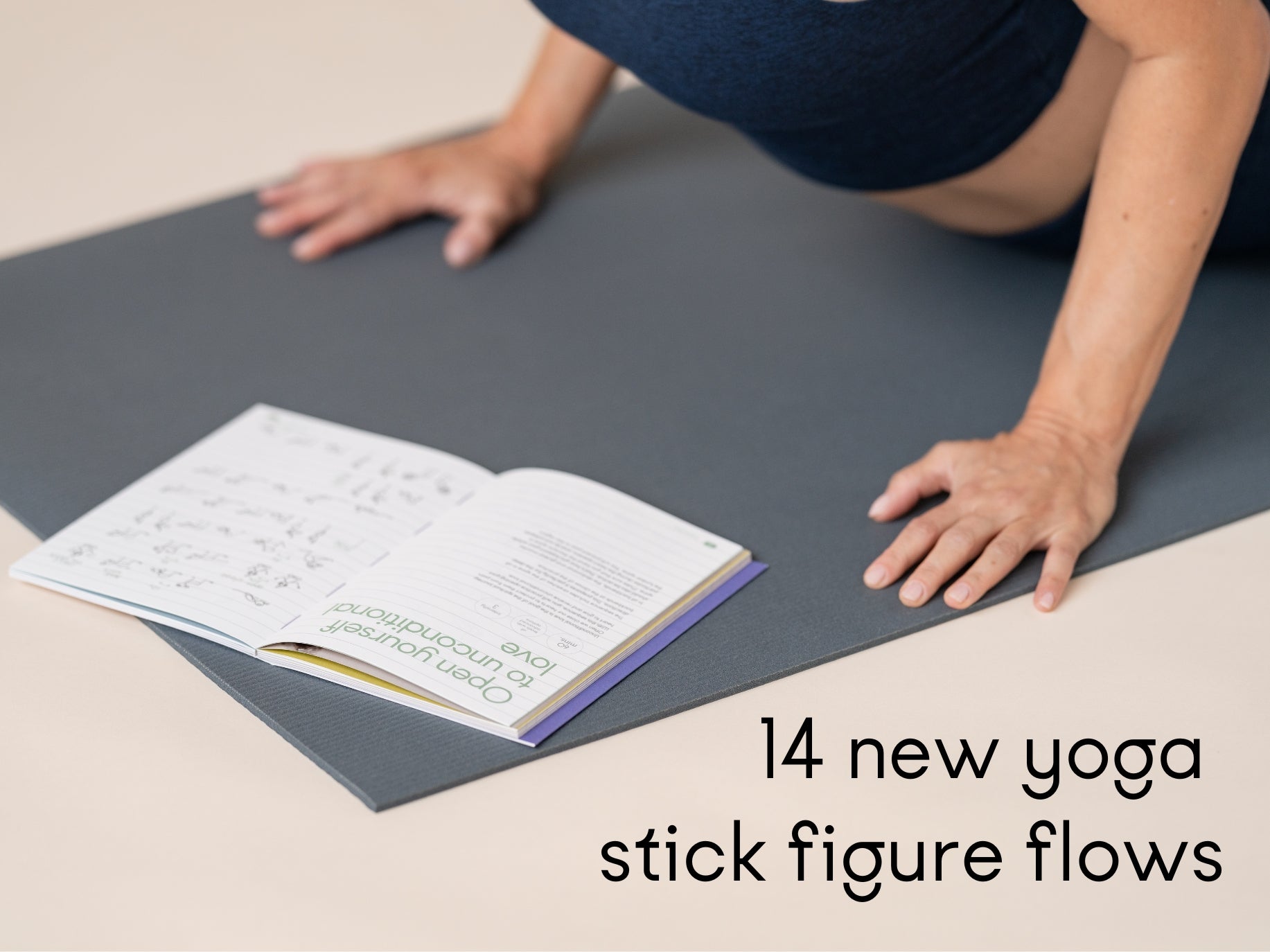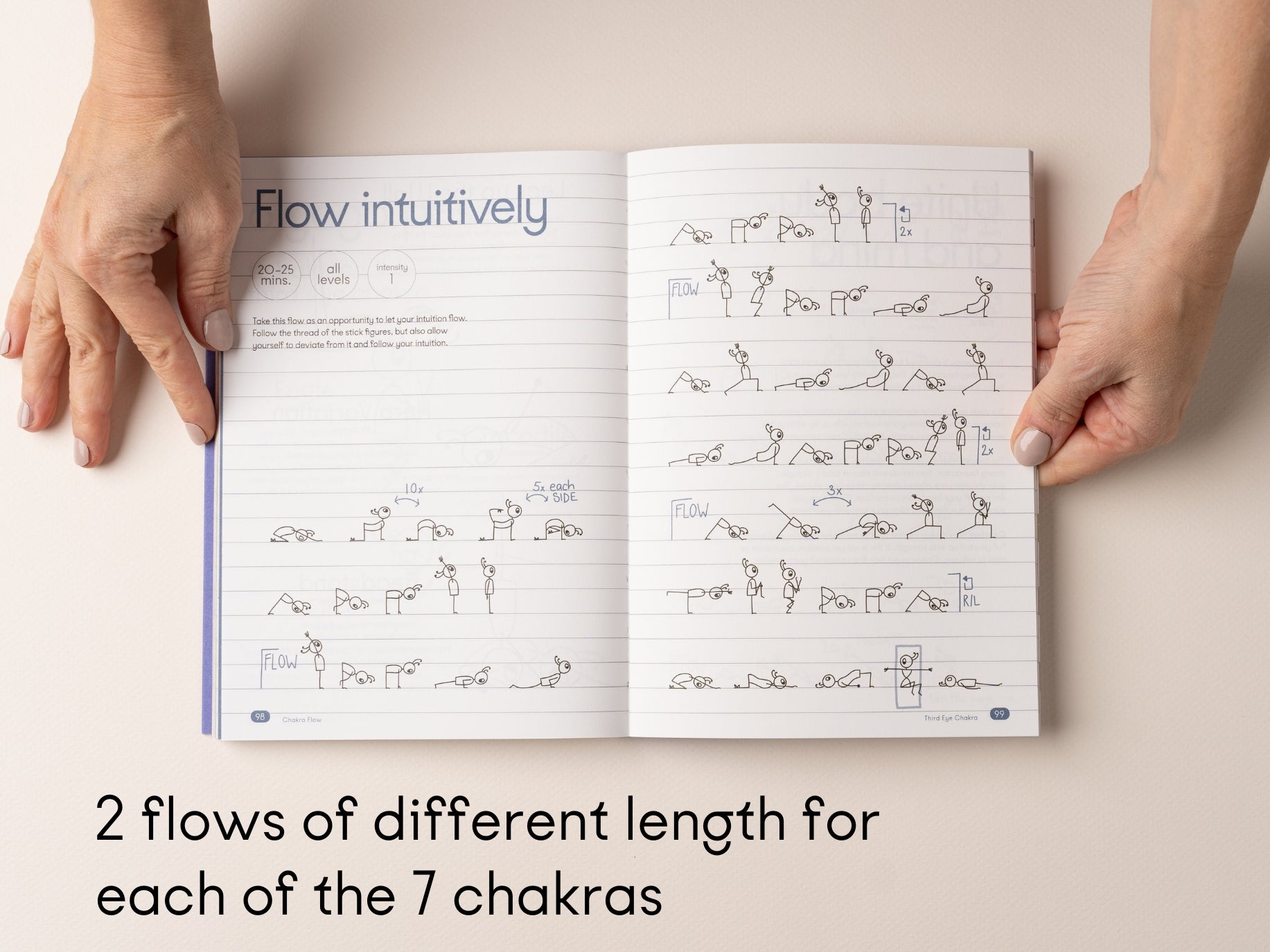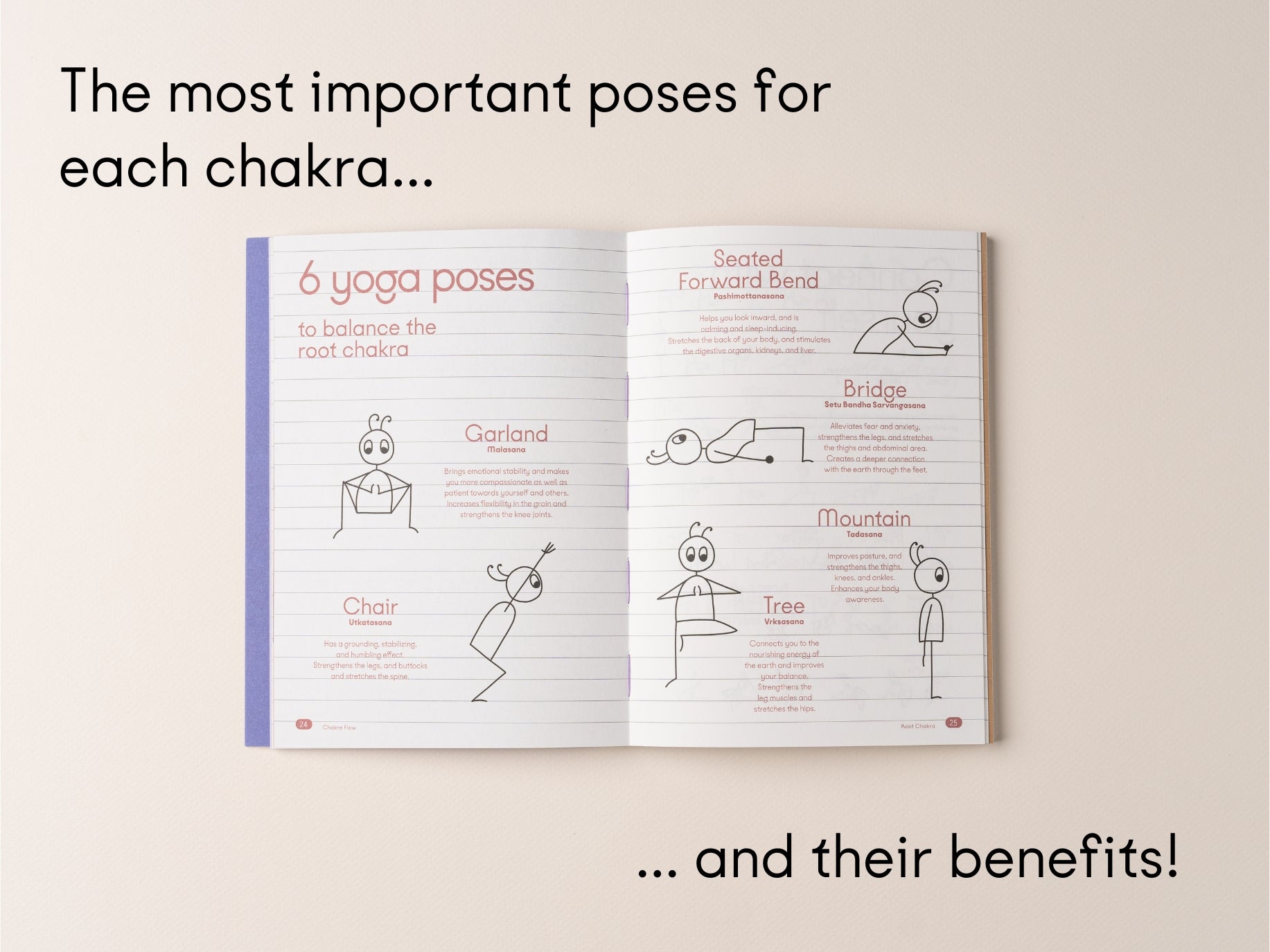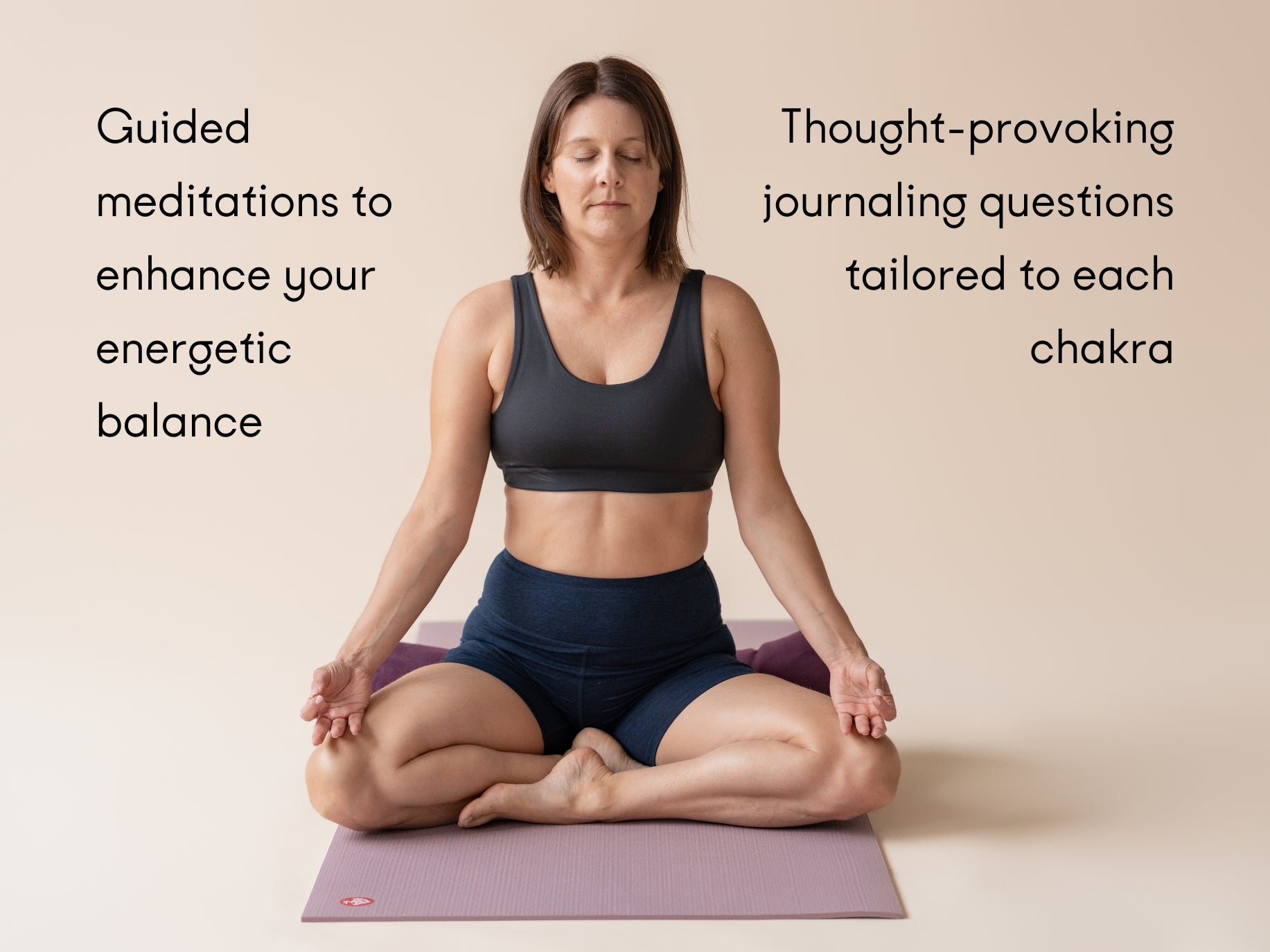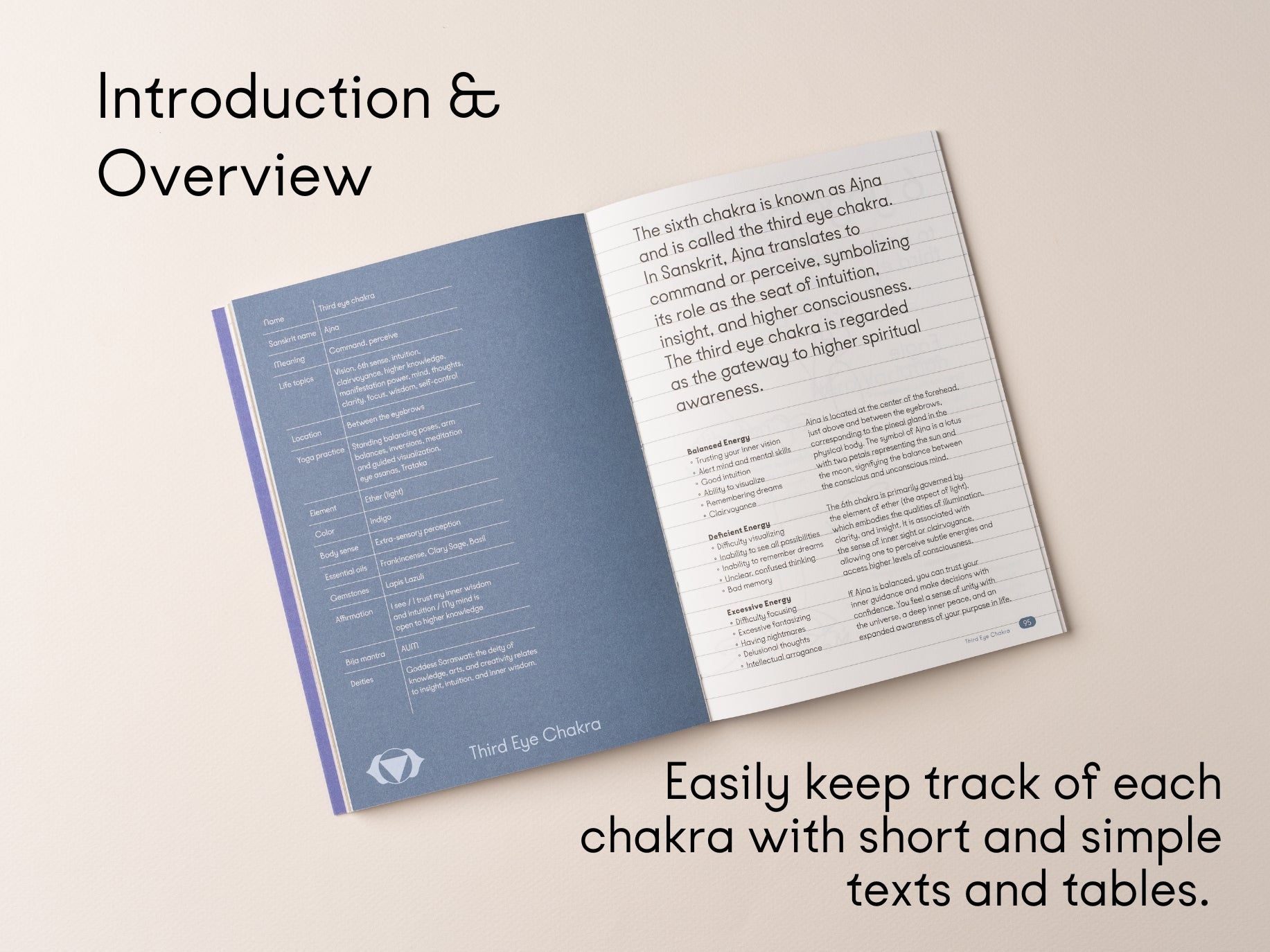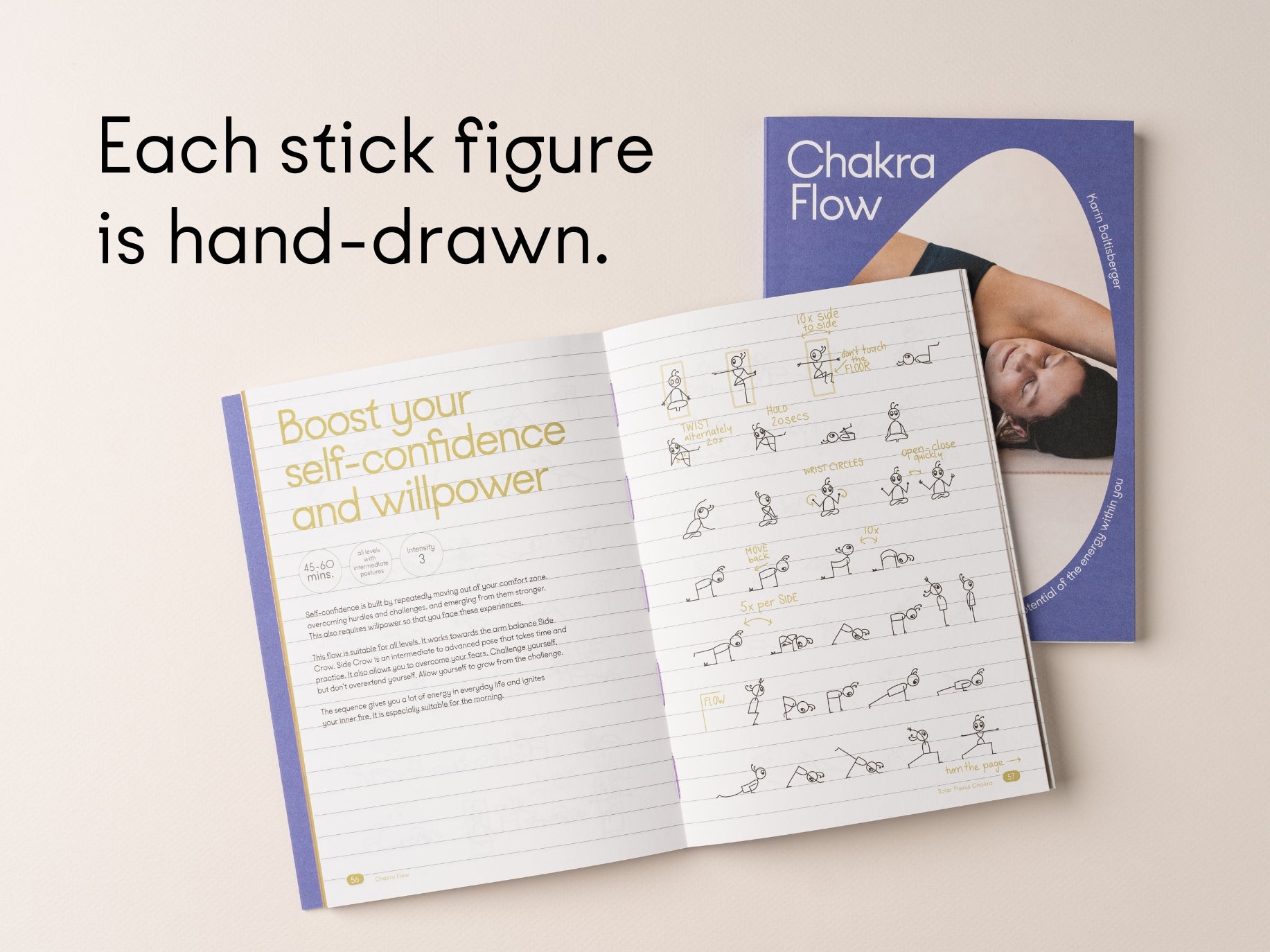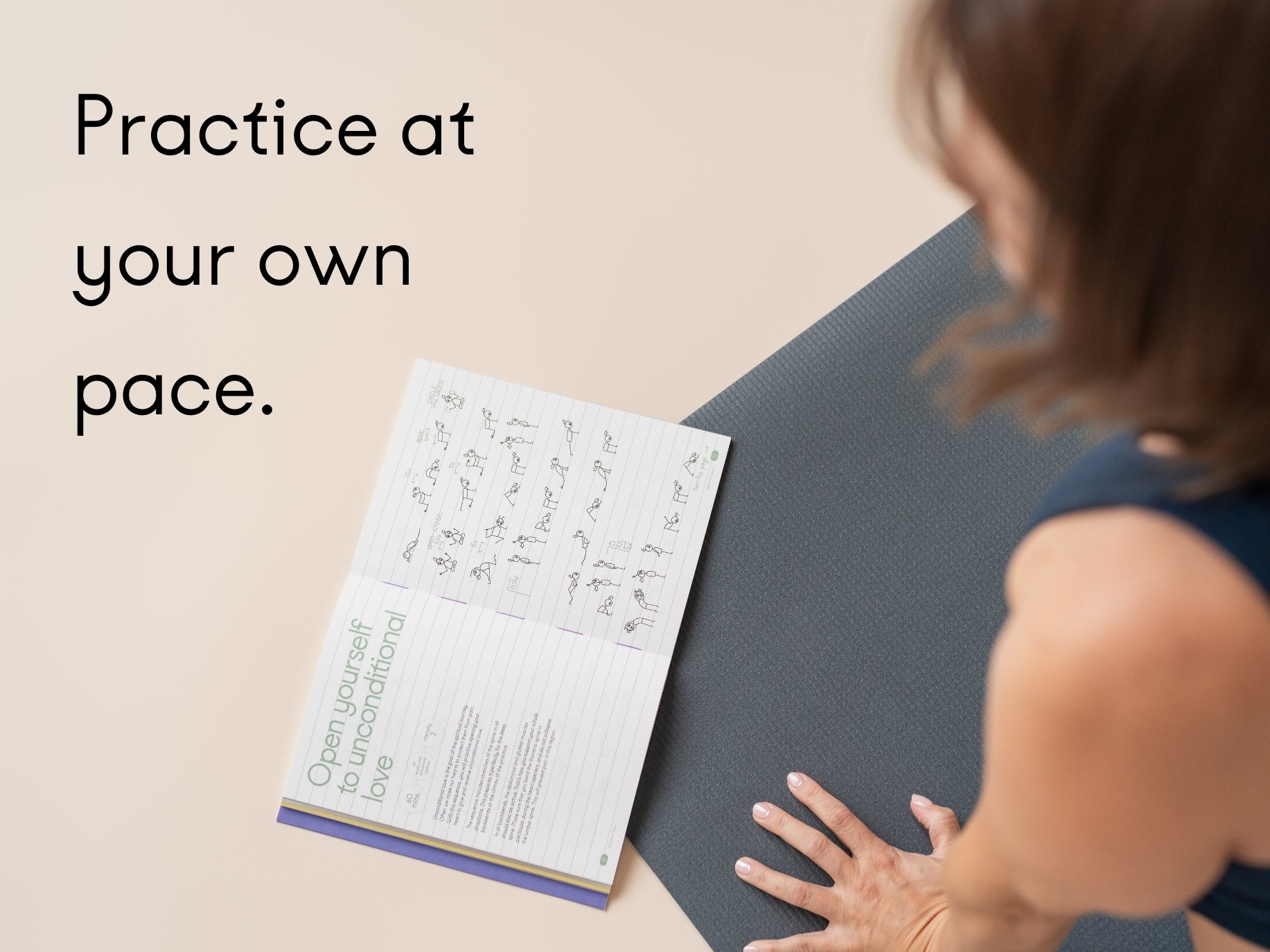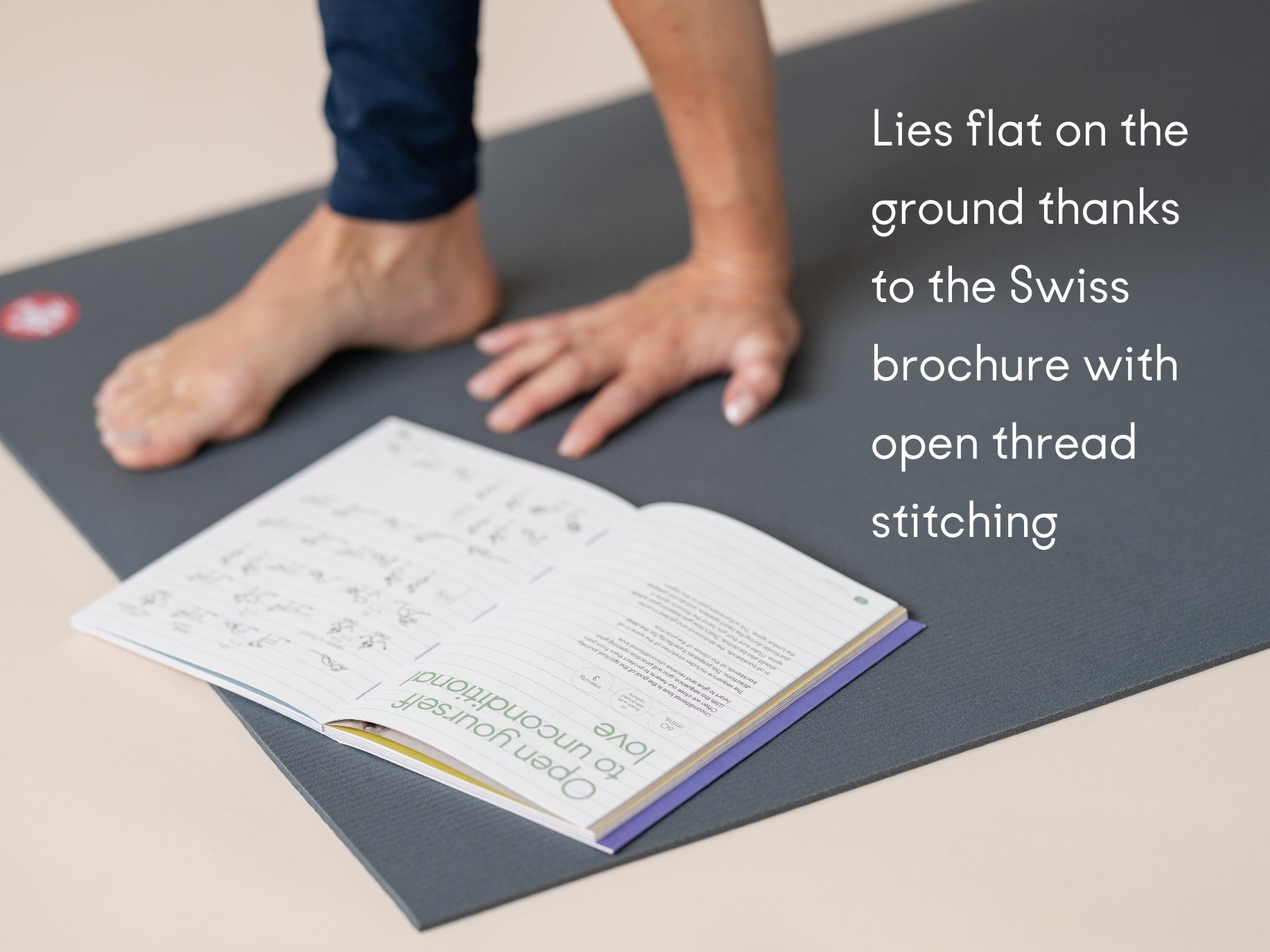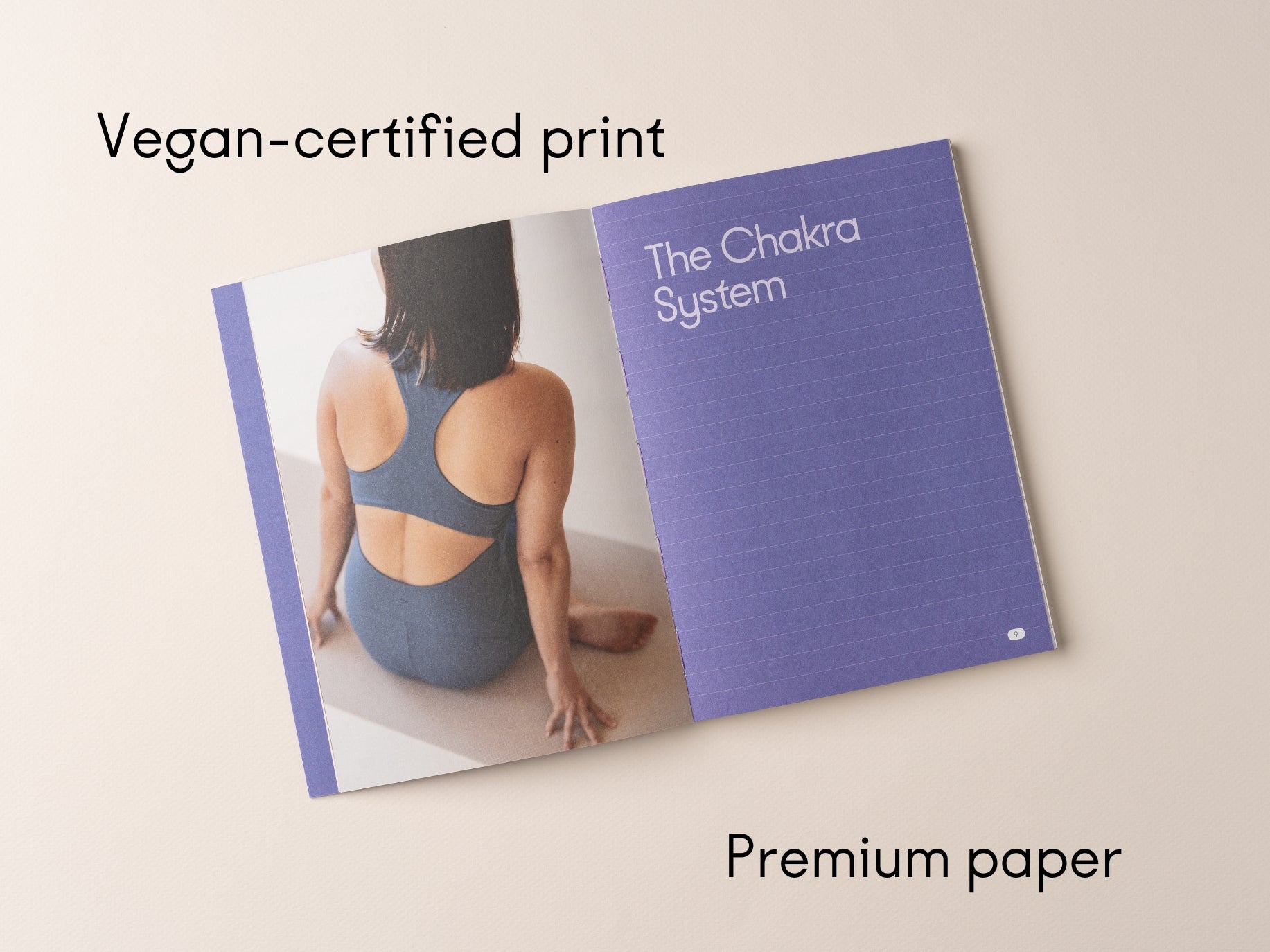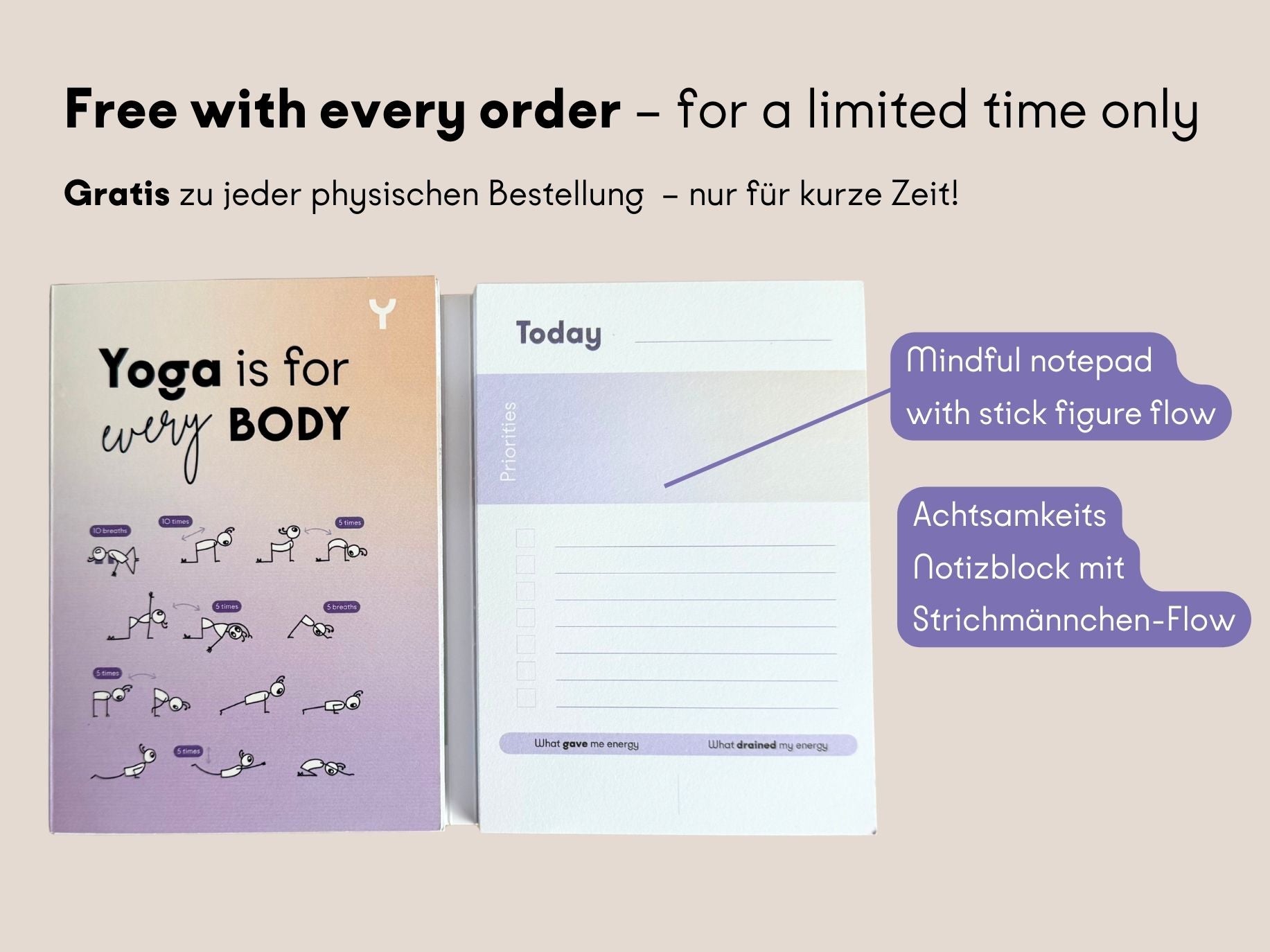In the dynamic world of yoga, where flexibility, balance, and mindfulness are key, it might seem counterintuitive to advocate for rigidity in class planning. After all, isn't yoga about going with the flow, embracing the moment, and responding to the present needs of students? While spontaneity has its place, a well-prepared yoga class offers numerous benefits that ultimately enhance the experience for both the teacher and the students. Here’s why preparation is paramount for any yoga instructor.
1. Ensuring a Safe Practice
Yoga involves a wide range of postures, some of which can be physically demanding or risky if not performed correctly. When teachers prepare their classes, they can carefully consider the sequence of poses to ensure a logical and safe progression. This helps to:
- Prevent Injuries: Proper sequencing helps warm up the muscles before more strenuous poses and ensures a balanced practice that avoids overstressing any particular muscle group.
- Cater to All Levels: A planned class allows the instructor to include modifications and variations suitable for different skill levels, ensuring that beginners and advanced practitioners alike can participate safely.
2. Achieving a Thematic Coherence
A prepared class often revolves around a central theme or goal, whether it's focusing on a specific body part, a type of pose, or a philosophical concept. This thematic approach provides:
- Focused Learning: Students gain a deeper understanding of the theme, as each pose and transition is chosen to reinforce the central idea.
- Enhanced Experience: A cohesive theme can make the practice more engaging and meaningful, fostering a deeper connection to the practice and to oneself.
3. Maximizing the Benefits of Time
Time management is crucial in a yoga class to ensure that all essential components—warm-up, peak poses, cool-down, and relaxation—are adequately covered. Planning ahead helps:
- Balanced Sessions: A well-prepared sequence ensures that students experience a balanced class that includes all necessary elements without feeling rushed or unfinished.
- Optimal Use of Time: Teachers can better gauge the timing of each segment, ensuring that the class flows smoothly and efficiently.
4. Building Confidence and Trust
When a teacher comes to class prepared, it demonstrates professionalism and respect for the students’ time and commitment. This preparation translates into:
- Teacher Confidence: Knowing the plan inside out allows teachers to lead with confidence and clarity, creating a more authoritative and calming presence.
- Student Trust: Students feel more secure and supported when they sense that the teacher is knowledgeable and organized, which fosters a trusting and positive learning environment.
5. Enhancing Creativity and Personal Growth
Contrary to what one might think, preparation doesn't stifle creativity—it enhances it. With a solid foundation laid out, teachers can:
- Explore Innovations: Within the framework of a prepared sequence, teachers can introduce creative variations and transitions that they might not think of on the spot.
- Reflect and Improve: By planning and reviewing classes, teachers can assess what works well and what doesn't, leading to continuous personal and professional growth.
6. Customizing for Student Needs
Preparation allows teachers to consider the specific needs of their students. This involves:
- Personalization: Tailoring the sequence to address common issues or requests from regular students, such as back pain, stress relief, or flexibility.
- Adaptability: While the class is planned, a prepared teacher can still adjust on the fly to accommodate unexpected needs or levels, ensuring everyone benefits from the practice.
Conclusion
While spontaneity and flexibility are valuable qualities in any yoga practice, the foundation of a successful class lies in careful preparation. By planning their sequences, yoga teachers ensure a safe, coherent, and enriching experience for their students. This preparation not only builds trust and confidence but also opens the door to deeper creativity and growth, both for the teacher and their students. So, next time you step onto the mat as a teacher, remember: preparation is the key to creating a transformative and harmonious yoga experience.

